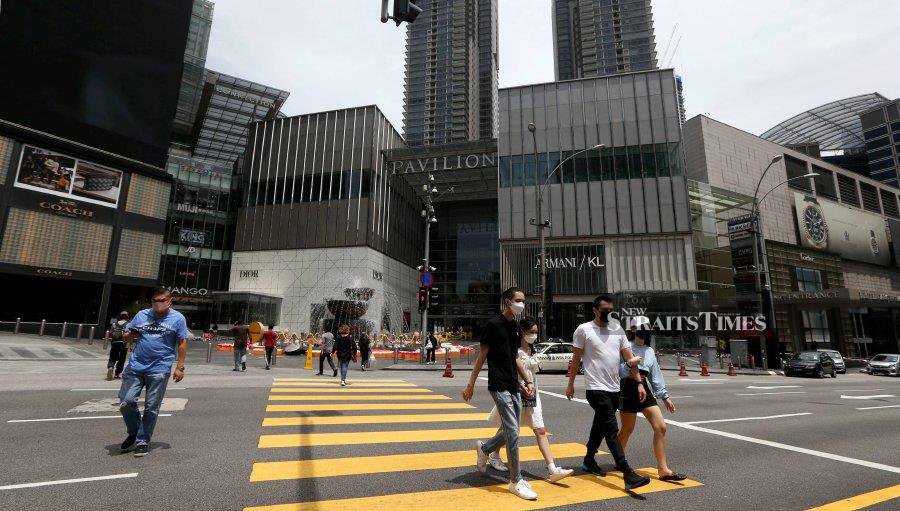IT is the biggest budget in history, an expansionary one which attempts to cater to the needs of everyone.
The 2022 Budget is a commitment by the government to address the plight of the people, businesses and the need to reset the economy in the aftermath of the Covid-19 pandemic.
This time, strategies and measures are more structured, in line with the concept and objectives of the just unveiled 12th Malaysia Plan (12MP).
To say that the economy is on the path to recovery is premature as there are still many uncertainties ahead.
Those vulnerable groups are still in need of help and businesses, especially the micro, small and medium enterprises and the informal sector, are still struggling to restart even if we assume the economy will recover next year as planned.
No doubt, a big chunk of the 2022 Budget is directed towards this end, such as Bantuan Keluarga Malaysia, Yayasan Keluarga Malaysia, Jamin Kerja Keluarga Malaysia, the Malaysia Short-term Employment Programme, i-Saraan, the Semarak Niaga Keluarga Malaysia Programme, matching grants and the Wage Subsidy Programme.
Measures to promote invesments are also clearly spelled out. The main issue is the sustainability of the financing of these programmes as the economy is expected to perform better beginning next year.
The projected growth target this year is three to four per cent, below what was penned in the 2021 Budget — 6.5 to 7.5 per cent.
Under the 2022 Budget, the economy is forecast to expand between 5.5 and 6.5 per cent.
The projected revenue next year is RM234 billion, which is RM98 billion short of the total budget of RM332.1 billion.
The fiscal deficit is projected at 6.5 per cent this year and six per cent next year.
The debt ceiling ratio to the gross domestic product, on the other hand, has been increased to 65 per cent from 60 previously. And according to the Malaysian Industrial Development Finance Berhad (MIDF) research the debt service costs will increase to around RM43 billion next year, or 18.5 per cent of the government's total operating expenditure.
Should we be concerned about the rise in our debt and deficit levels as well as the debt service costs? Yes, but a better perspective is crucial.
As I have mentioned, we are still in a pandemic-mode budget. Lives and livelihoods should be the government's priority. This is also the trend worldwide.
Will the government go bankrupt because of high debt and deficit levels? No.
This is a myth due to the wrong metaphors used in explaining public debt like our own (individual) or business debt.
In fact, there is actually no clear threshold or limit at the debt or deficit levels, which can be argued as dangerous to the economy and harmful to economic growth.
Furthermore, there are many other economic variables which need to be looked at when analysing the debt and deficit levels, which explains why other countries with a higher public debt than us have a better credit rating and are seen as better investment destinations.
Does this mean that the federal government can spend without any limit? Of course not.
Here, we must understand the true limit of government spending, that is, inflation.
This is very important in many respects, among which is to control the cost of borrowing from going up in the future.
In addition and most importantly, the government must be serious about fiscal consolidation exercises, perhaps beginning in 2023.
The best policy option moving forward in this regard would be the reintroduction of the Goods and Services Tax.
The abolishment of the GST after the 14th General Election is arguably the biggest mistake the government ever made, worsened by the reintroduction of the obsolete Sales and Services Tax.
The Goods and Service Tax must be put in place within the time frame of the 12th Malaysia Plan, which targets a fiscal deficit of 3.5 per cent to 3.0 per cent by 2025.
The writer is associate professor of Economics, Head of Political and Economic Risk Research Unit, Universiti Utara Malaysia






